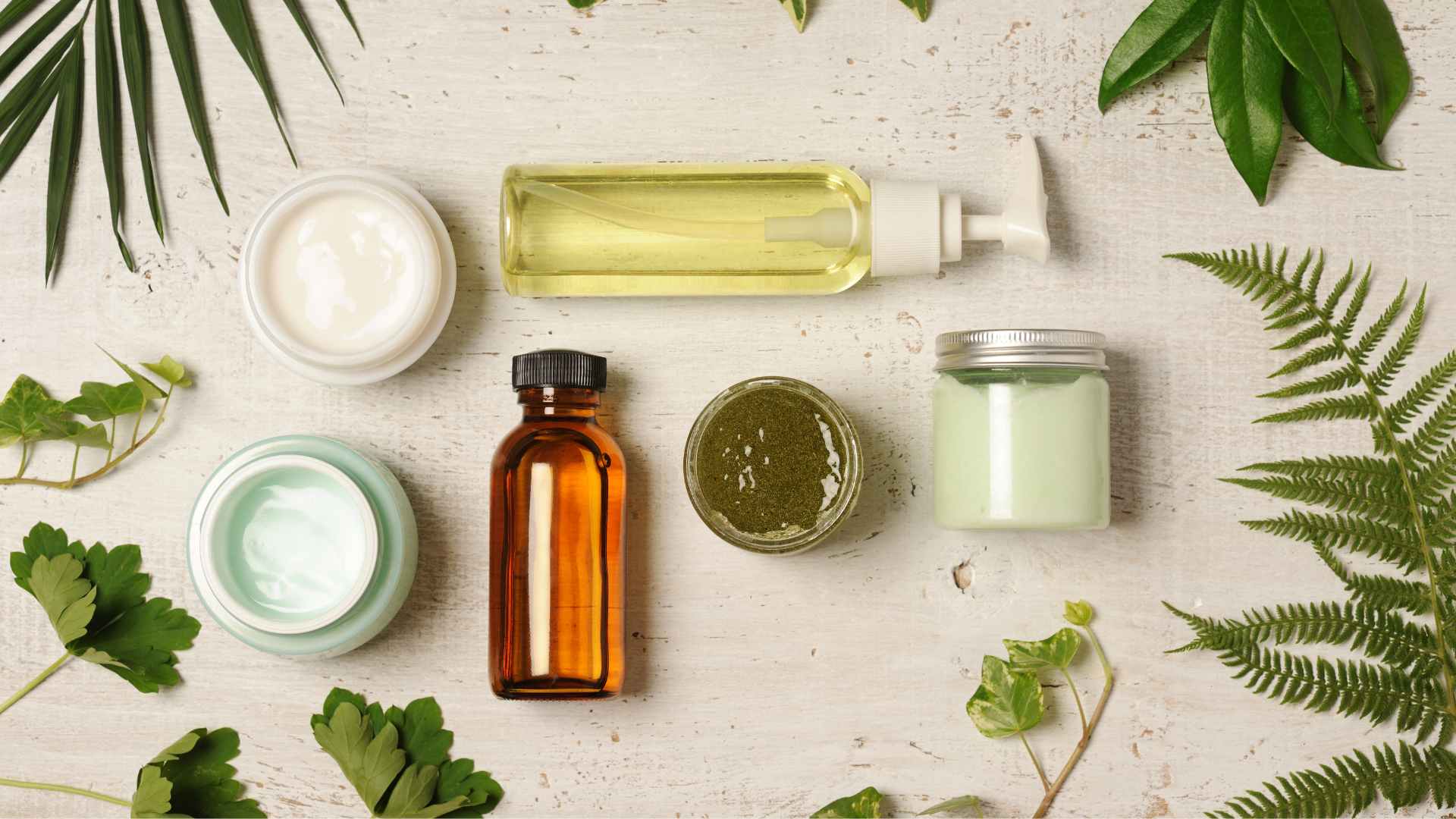The Powerhouse Ingredients to Manage Hyperpigmentation

Hyperpigmentation causes patches of skin to darken in the affected parts. It is usually caused due to sun exposure, hormonal changes, skin inflammation, or scars. It affects millions of people, and one might have tried all the possible ways to deal with it. There are several treatments available for hyperpigmentation, however, it is important to understand which ingredients actually are effective in its treatment. Along with understanding the ingredients, it is also important to know how to pair them with other ingredients. The reason is, some are highly effective, while some can worsen the condition. So, for a moment just think, are you really using the right ones? If you are still confused, read on!
10 INGREDIENTS TO LOOK OUT FOR
1. VITAMIN C
Ascorbic acid is another name for vitamin C. It is a stable form of vitamin C and a potent antioxidant that offers many benefits to the skin. It inhibits the production of melanin by reducing its synthesis. Vitamin C fades out the dark spots and evens out the skin tone. It brightens the skin and protects the skin against free radicals.
2. HYDROQUINONE
It is a widely used topical ingredient to treat hyperpigmentation. Hydroquinone inhibits the production of melanin and reduces the appearance of dark spots. However, it is a controversial ingredient. Hydroquinone reduces discolored or dark patches, but it also can react with the skin and cause post-inflammatory hyperpigmentation. Make sure you use this ingredient under the guidance of a dermatologist.
3. RETINOIDS
Retinol is a popular ingredient and is a type of retinoid. It is derived from vitamin A. Retinols stimulate collagen production which leads to exfoliation and the fading of dark spots. Introducing retinol in your skincare for hyperpigmentation can result in considerable improvement in the skin condition over time. However, it is important to start with a lower concentration initially to avoid irritation. As your skin gets used to it, you can increase the concentration slowly.
Prescription retinoids are strong than retinol and work better against hyperpigmentation. However, as they are stronger, it is important to consult a dermatologist to avoid any severe side effects. After using retinoids, it’s advisable and important to wear a good physical sunscreen and a non-comedogenic moisturizer that won’t clog your pores.
4. NIACINAMIDE
It is also known as vitamin B3. Niacinamide is a versatile ingredient that provides ample benefits to the skin. It inhibits the transfer of pigment within the skin and also reduces skin inflammation. It strengthens the skin’s barrier, retains moisture, and minimizes the appearance of the pores.
5. KOJIC ACID
Kojic acid is another ingredient that is quite dependable for the treatment of hyperpigmentation. It is derived from a certain fungus and has been used to treat hyperpigmentation for a long time. It is effective in particularly treating sunspots and post-inflammatory hyperpigmentation. You can often find Kojic acid in creams, serums, and face masks. It may be on its own or in combination with other skin-brightening agents.
6. ALPHA HYDROXY ACIDS
Alpha Hydroxy Acids penetrate the skin and break down the bonds between dead skin cells. This helps in promoting the shedding of dead skin. The exfoliation lightens the dark spots and evens out the skin tone. AHAs stimulate the production of collagen and lead to a brighter skin complexion. When using AHAs, it is important to use sunscreen to prevent sun damage as the new skin is exposed. It is advisable to start with a lower concentration of AHAs.
7. MANDELIC ACID
Did you know, mandelic acid is an alpha hydroxy acid, derived from bitter almonds? It helps in the exfoliation of the outer layer of the skin and fades the dark spots. In addition to this, it reduces the formation of new pigmentation. Mandelic acid has a larger molecular structure. This helps in slower skin penetration and makes it suitable for people suffering from sensitive skin.
8. GLYCOLIC ACID
Glycolic acid exfoliates the outer layer of the skin which helps in the shedding of dead cells. It has a very small molecular size which helps it penetrate the skin easily and fade the dark spots. In addition to this, glycolic acid can improve the absorption of other skin-lightening ingredients and enhance their power. Routine use of glycolic acid can give you a radiant complexion over time.
9. LICORICE ROOT EXTRACT
Licorice has been used as a medicinal ingredient for a long time now. It contains a compound called glabridin. It reduces the production of melanin in the skin and helps to fade hyperpigmentation. In addition to it, licorice root has anti-inflammatory properties that can calm and soothe the skin.
10. AZELAIC ACID
Azelaic acid helps in inhibiting tyrosinase, an enzyme involved in the production of melanin. By reducing the activity of tyrosinase, azelaic acid reduces melanin production and counters excess pigmentation. It also contains anti-inflammatory properties which can reduce the redness of the skin and exfoliate gently.
Introduce these ingredients gradually and make sure to perform patch tests. Understanding the right ingredients makes it much easier to treat hyperpigmentation than just experimenting with the unknown ones. You need to make trials and errors to find a good combination of ingredients that best suits your skin. Consult a dermatologist to understand your skin type and which ingredients would suit you the best. Be careful, consistent, and watch these ingredients do miracles!
